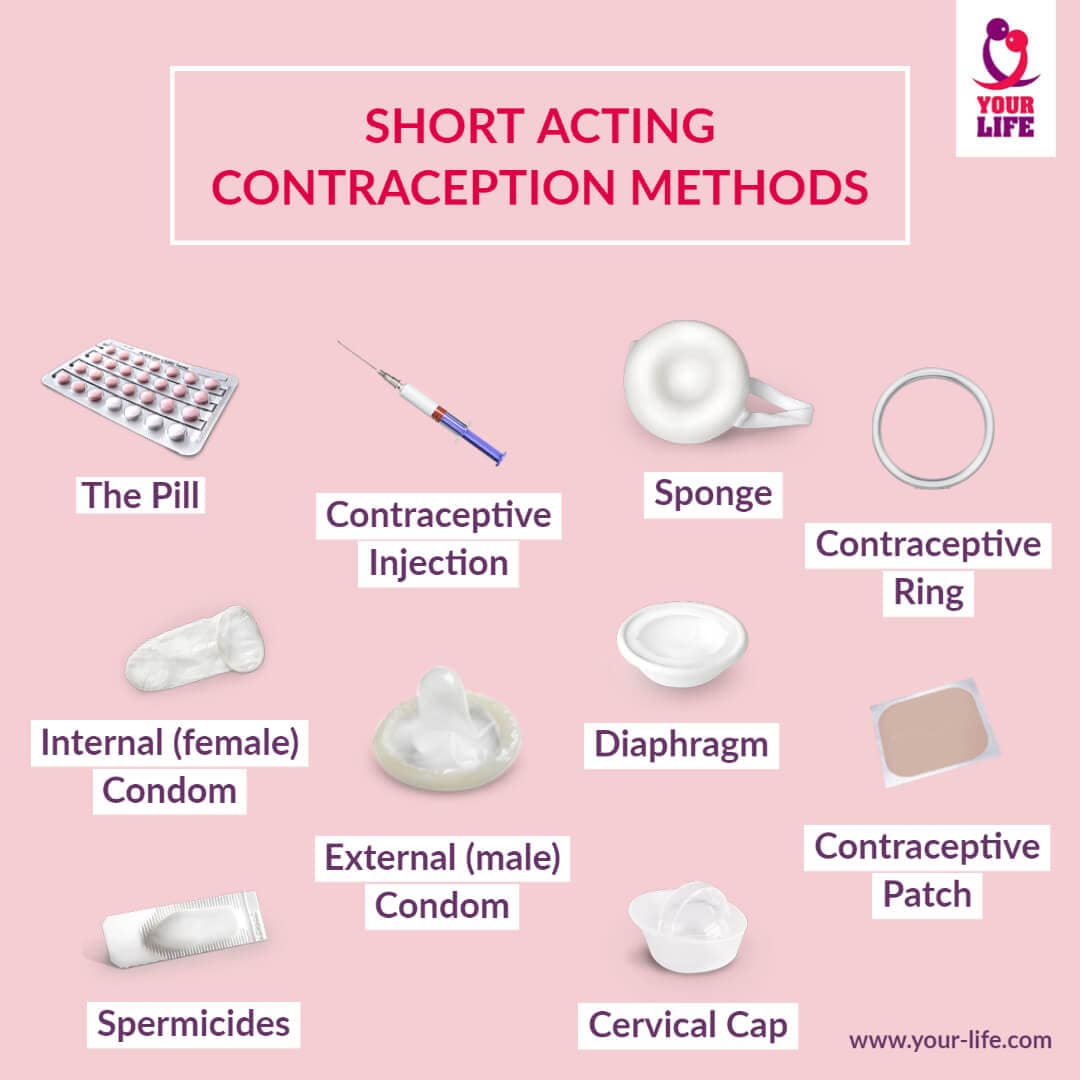Contraception is the prevention of pregnancy by means of various devices, agents, drugs, sexual practices, or surgical procedures. It includes both voluntary and involuntary methods. Voluntary methods are those undertaken by individuals who wish to prevent pregnancy. They include physical barriers such as condoms, diaphragms, and intrauterine devices (IUDs), as well as hormonal methods like birth control pills and injectables. Involuntary methods are those that are imposed on individuals or couples who do not want to become pregnant—usually because they are too young or inexperienced to be able to make informed decisions about childbearing. Such methods may include sterilization (usually of women) and abortion.
The most common form of contraception in use today is the contraceptive pill. This is a daily pill that contains hormones that prevent ovulation (the release of an egg from the ovary). The pill can be used alone or in combination with other forms of contraception such as condoms. Other hormonal contraceptives include the patch, ring, injection, and implant. These all work in a similar way to the pill by preventing ovulation.
Condoms are the most popular form of physical barrier contraception. They are made from latex rubber or polyurethane plastic and cover the penis during sexual intercourse. Condoms provide effective protection against pregnancy and sexually transmitted infections (STIs). Diaphragms and cervical caps are other types of physical barrier contraception that fit over the cervix (the opening to the uterus) and stop sperm from entering into the uterus. IUDs are small devices that are inserted into the uterus by a trained health care provider. IUDs prevent pregnancy by either releasing copper which is toxic to sperm or levonorgestrel (a progestin hormone) which thickens cervical mucus making it difficult for sperm to swim through it into the uterus .
Emergency contraception can be used after unprotected sex or if another method fails such as a condom breaking during sex . Emergency contraceptive pills contain high doses of hormones that can temporarily stop ovulation from occurring . There are two types: 1) those containing only progesterone which must be started within 72 hours after unprotected sex; 2) those containing both estrogen and progesterone which must be started within 120 hours after unprotected sex . Copper IUDs can also be used as emergency contraception if they are inserted within 5 days after unprotected sex .
Sterilization is a permanent method of contraception . Both men and women can be sterilized but it is more common for women . Sterilization involves blocking off the fallopian tubes so eggs cannot travel down them to meet sperm for fertilization . The two main types of female sterilization surgery are tubal ligation (“getting one’s tubes tied”) and hysterectomy (removal of the uterus). Male sterilization surgery is called vasectomy and involves cutting and sealing off the vas deferens so sperm cannot mix with ejaculate fluid .


